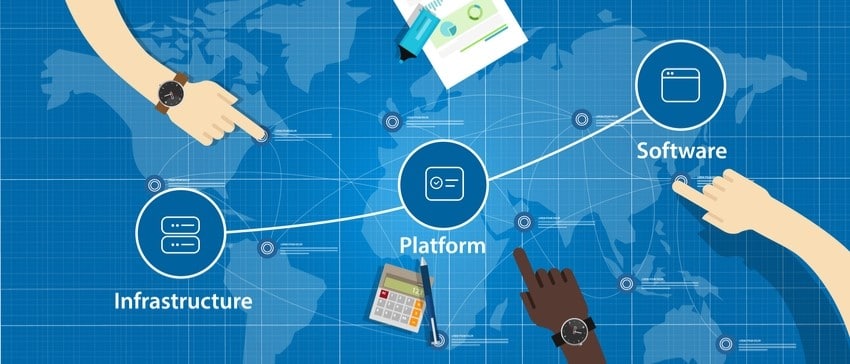Estimated reading time: 5 minutes
• The procurement process in any organization is a combination of several functions that require expertise ranging from sourcing, data collection and analysis, negotiation, accounting, risk management, project management, and many more. Though not set in stone, the procurement process can be understood through five phases.
- Needs Recognition– Needs are recognized at the department level where an employee lets their supervisor know that an item or service is required. The supervisor approves or rejects the request based on factors such as the availability of budgetary allocations, timing, or another relevant criterion.
- Sourcing– The sourcing function involves comparing different suppliers on prices, quality, delivery terms, payment terms, geography, and reputation. In large organizations, sourcing happens continually in order to uncover new valuable opportunities.
- RFQs– Requests for quotes are formal requests sent to potential suppliers inviting them to make bids to supply goods or services. The responses to RFQs are often detailed, explaining how the vendor arrived at their prices and their methods of working in the case of technical projects. RFQs enables companies to make informed choices on ideal vendors to work with.
- Contract Negotiation– The contracting phase is critical in procurement because a company needs to protect itself in any engagements with vendors. Contracts are supposed to outline all that is expected of the vendor in terms of performance. It provides for dispute resolution mechanisms, as well as how to handle unforeseen contingencies.
- Analyzing KPIs– Companies need to have ways to objectively determine whether contracts with suppliers are delivering the expected value. For example, changing suppliers for price-related reasons should result in quantifiable cost savings. Other quantitative measures might include profit margins, return on investment, and parts failure rate.
Understanding Purchasing as a Part of Procurement
Purchasing is a subset of the procurement process and is made up of short-term tasks meant to ensure the timely acquisition and delivery of goods and services. Purchasing can be said to begin with the raising of requests for quotes until the completion of the transaction with the appointed vendor.
To understand the importance of the purchasing process in driving value, it’s best to look at some best practices by successful purchasing departments.
Issuing a Tender
A tender is a formal bid placed by potential vendors for competitive evaluation. Issuing tenders can be a cumbersome process and hence the reason why organizations may be inclined to use them somewhat sparingly. In order to get the best out of the tendering process, organizations need to prepare a detailed statement of work to help bidders provide as much information as possible.
A detailed explanation of the context behind the project at hand is necessary for the SOW. The statement should also include specifications of the quality of work expected and in the case of supply tenders, the annual volume expected.
Detailed Analysis of Proposals
Great purchasing departments scrutinize proposals diligently. There are cases where subjective factors come into play, for instance where there are pre-existing relationships with some suppliers exist. The prestige and industrial reputation of some suppliers also carry weight in the evaluation sometimes.
However, objective factors such as detailed explanations of a supplier’s cost are key to ensuring value for money. The geographical location of vendors of critical products is important due to the logistical implications in terms of costs and risk of disruption. In the case of machines, considerations such as ease of use, expected lifetime, compatibility, and vendor support are crucial.
Negotiations Preparation
A good purchasing function of a company must have an effective negotiation strategy that is requisite for success. Effective, in this case, means that negotiations should lead to tangible value for the company as opposed to over-complicating the contracting process.
The preparation for any negotiations involves determining the important issues for discussion and the desired outcome. The team must agree on the concessions they are willing to make to the seller and have realistic expectations of the negotiation outcomes. There are situations where establishing a mutually beneficial relationship with the seller may be more important than negotiating for the least possible prices.
The team should never go into negotiations without reliable information on the seller’s history, catalog, and an estimate of how much your business matters to them in terms of overall revenue. Where your contract will potentially form a significant portion of their revenue, you hold significant negotiating power.
The Value of Automating Purchasing and the Wider Procurement Process
The purchasing process can be tedious due to the amount of paperwork involved. Using e-procurement software with modules for specific purchasing functions can organize and standardize your internal procurement processes.
For instance, employees can be granted the ability to raise requests for items they require. These requests are then routed to the relevant supervisor who upon request forwards them to the purchasing department. The purchasing department can then send requests for quotes. There are modules for quicker contract drafting allowing people to collaborate in preparing contract documents.
The use of e-procurement software allows for reminders of deadlines and other important events to be sent to relevant team members. Automated sending of emails also ensures everyone is kept in the loop when negotiating contracts or engaging with vendors.
If your company is in the market for e-procurement software to help ease or improve your purchasing process, check out our solutions at ProcurePort. We are a world-leading provider of e-procurement software that has delivered millions of dollars in value to our clients. Schedule a free consultation call with one of our team members here.










